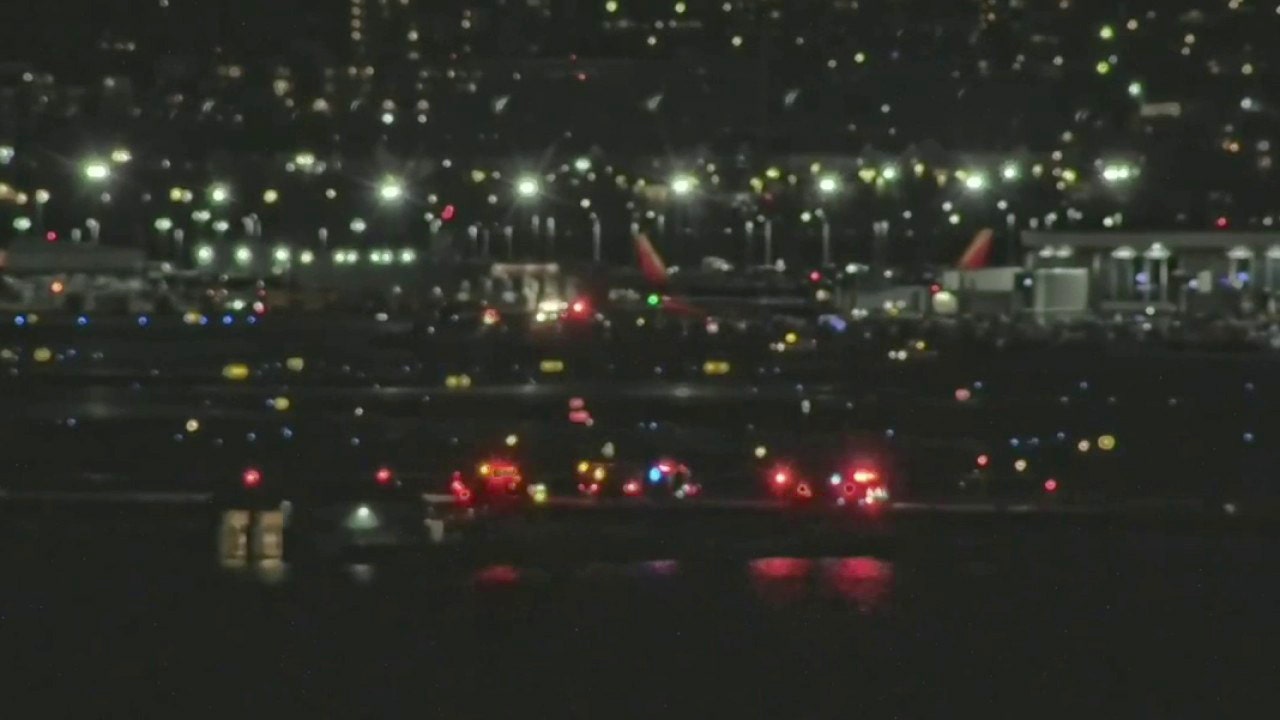
Reagan National Airport crash: Military Black Hawk helicopter collides midair with American Airlines jet
An Army Black Hawk helicopter collided midair with an American Airlines flight from Wichita, Kansas, at Reagan National Airport on Wednesday.
Follow along with the video below to see how to install our site as a web app on your home screen.
Note: This feature may not be available in some browsers.

Standard minimum separation is 3 miles/ 5km horizontal and 1,000ft vertical.I realize that the rules would have to be different in the vicinity of high traffic areas like airports but I think there are requirements that aircraft keep considerable distance of separation during normal flight (several miles horizontal and 1000's of feet vertical). It seems the normal traffic pattern here routinely allowed aircraft to come within a couple of hundred feet of each other, which is not very far when transiting at speed. It really leaves no margin for error. I can't imagine the mental workload of flying at night, wearing night vision, with an instructor watching and talking to the tower, and trying to compensate for faulty instruments. Add traffic congestion and it just amplifies that exponentially. Flying the designated route of the Blackhawk in those conditions seems like it should have been restricted to experienced and fully qualified pilots. I'm not trying to impugn the PF, I'm pointing out how difficult that training scenario could be. Maybe I missed something and that the PF was fully qualified and only on a check ride, but I think it was a training flight.


